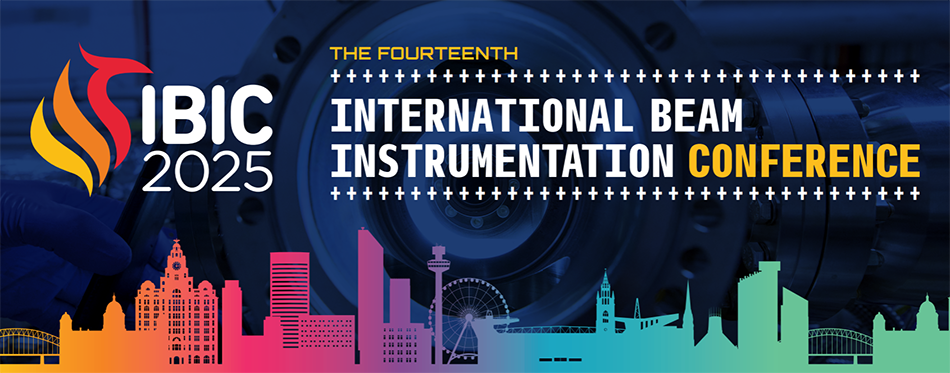Speaker
Description
As a part of the Proton Improvement Plan – II (PIP-II) at Fermilab, instrumentation systems are being modernized to take advantage of the higher speeds and ease of use offered by standardized embedded systems like MicroTCA. A rear-transition module (RTM) is being designed to interface with said embedded systems. In each of the four identical channels on the RTM, the differential signal from an alternating-current current transformer (ACCT) transimpedance amplifier will again be amplified by a differential operation-amplifier, then filtered by a low-pass topology. The conditioned signal is then digitized at a maximum of 10MS/s by an analog to digital converter (ADC) integrated circuit. After digitization, the ADC passes the data to an off the shelf AdvancedMC (AMC) Xilinx FPGA module using low voltage differential signals. This paper will describe the simulation of analog circuitry for signal conditioning, simulation of digital signal integrity based on physical design as well as verification of design characteristics critical to signal integrity. This work aims to create a methodology that can be applied to future RTMs requiring application of high-speed digital design principles.
Funding Agency
This manuscript has been authored by FermiForward Discovery Group, LLC under Contract No. 89243024CSC000002 with the U.S. Department of Energy, Office of Science, Office of High Energy Physics.
| I have read and accept the Conference Policies | Yes |
|---|

